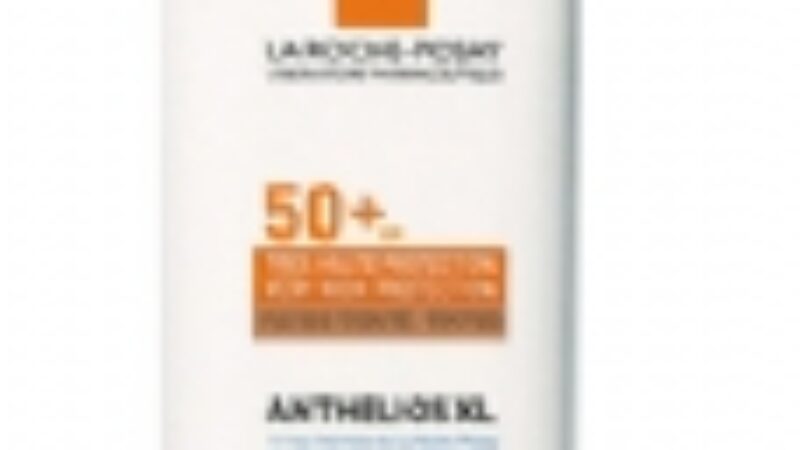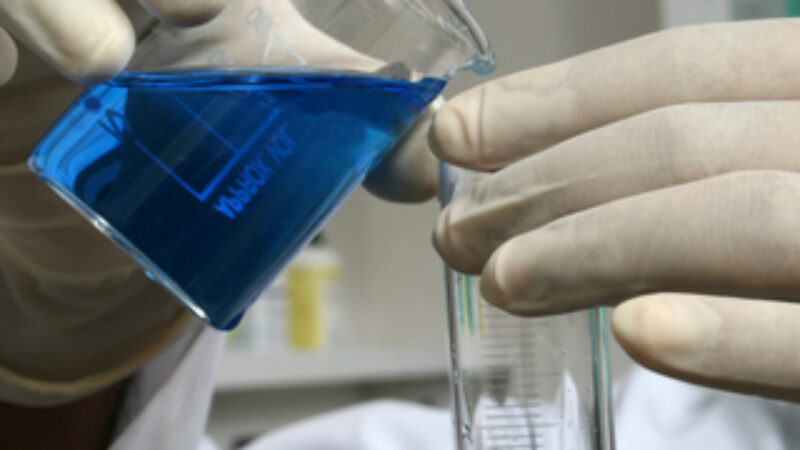Most of us are aware that sitting in the sun exposes us to damage that could lead to skin cancer down the road, but researchers at Yale University have discovered some surprising information: even after we have stepped indoors or into the shade, UV exposure continues to damage the skin. Furthermore, it appears that the melanin in our skin, which acts as our body’s first line of protection against UV rays by absorbing the radiation, is also the source of some DNA damage when it releases the energy taken in during the protective process. Melanin, in other words, plays a double role (one good, one bad) in the fight against skin cancer.
Researchers noted that UV light triggered an “excited” state in melanin molecules, creating energy that transferred to the DNA, resulting in damage. What the scientists did not expect was for that energy/damage reaction to continue even 4 hours after the skin was no longer directly exposed to the sun.
While this revelation may initially seem bleak, this newfound knowledge actually allows an opportunity for researchers to focus future work on developing new preventative strategies and products that may be able to block or circumvent the post-UV exposure energy transfer.
In the meantime, traditional prevention is still key to limiting damage: using an effective, broad-spectrum sunscreen with stable sun filters, staying out of direct sunlight between the hours of 10am and 4pm when possible, and wear protective clothing such as long sleeves, hats and sunglasses.
Read the full article here.




